Gluten, for some, is a troublesome element in foods when consumed by gluten-intolerant individuals. It triggers a range of symptoms, and it can become the reason for other conditions too.
Celiac patients aren't always wrong in assuming every other physical issue is somehow related to their inability to digest gluten. Similar is the case with candidiasis, and it's essential to know in what ways gluten is the cause of health issues far beyond digestive problems.
Defining Gluten & Celiac Disease
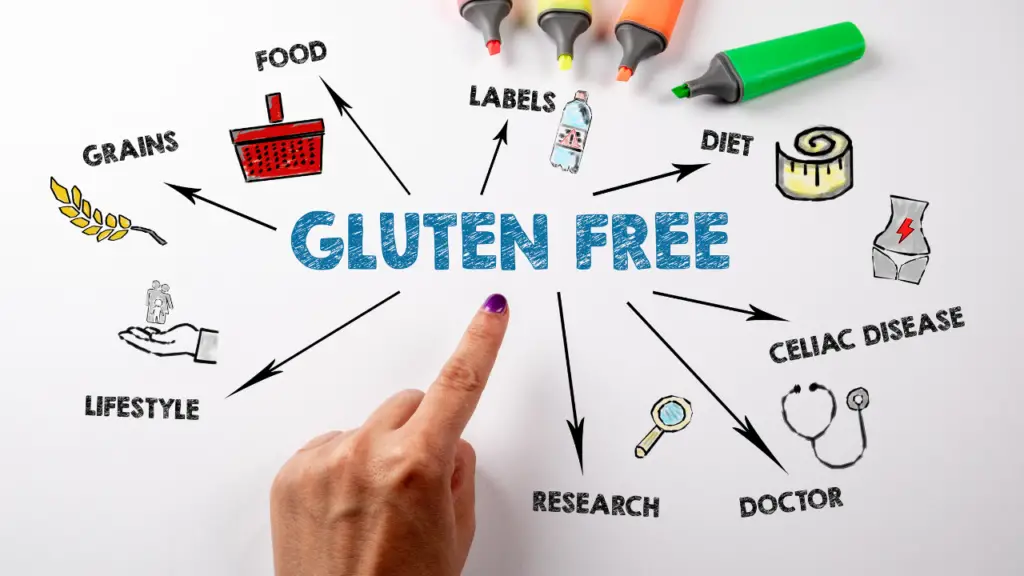
Gluten is a protein that is found predominantly in grains such as wheat, barley, and rye. Gluten is composed of two different types of proteins, which are glutelin and gliadin. Typically, being a protein, gluten is not harmful to the human body.
Suppose you can eat bread, pizza, cereals, and pastries, which are sources of gluten. Gluten is considered a vital function of proteins and helps the body in its development and growth.
But, in some cases, gluten isn't as beneficial as it should be. It does more harm than good. Approximately 1 percent of the American population suffers from a condition in which their body does not accept gluten.
Human bodies have an immune system that, under normal circumstances, reacts to harmful substances such as bacteria, fungi, and viruses. But sometimes, the immune system does not function properly and targets the cells of the body. Such a condition is called an autoimmune disorder.
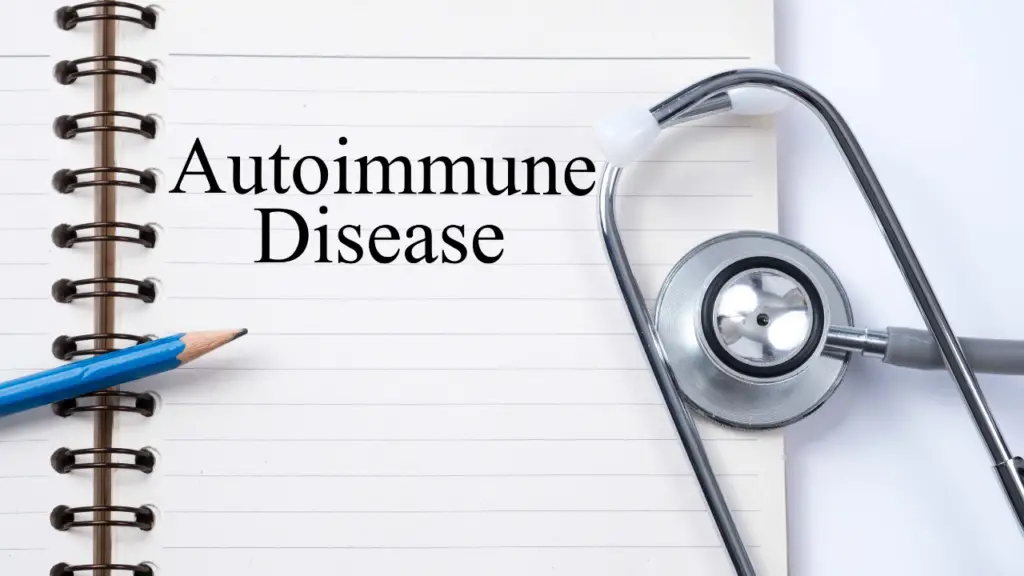
Celiac disease is an example of an autoimmune disorder in which the immune system marks gluten, or more respectively, the gliadin component of gluten, as a harmful substance. The immune system produces various antibodies that have the sole purpose of destroying gliadin. But in doing so, these antibodies target the cells of the small intestine. Consequently, the small intestinal lining is damaged.
What Are The Symptoms?
As a result, many people suffer from typical gastrointestinal symptoms such as bloating, constipation, and diarrhea. The small intestine has the vital task of absorbing nutrients that are present in the diet. If the intestinal lining is damaged, the small intestine is unable to perform this function effectively.
People with celiac disease also become prone to different deficiency diseases, among which iron deficiency anemia is prevalent. The frequency of neurological problems, and even reproductive issues, is high in celiac patients, while others complain about a skin condition called dermatitis herpetiformis.
But not everyone has the same symptoms, and they vary from person to person. Eating a diet containing gluten can worsen the disease and the symptoms, as the intestinal lining keeps getting damaged. So the only treatment available is strictly following a diet that has less than 20ppm of gluten, which dietitians call a gluten-free diet.
What are Candida, Candidiasis, and Yeast Infections?
The human body is a natural habitat for many microorganisms, which are collectively called microbiota. A bunch of different bacteria lives on the nose and in the mouth. Few fungi have claimed residency in the gut, and among those, candida has received a great deal of attention. It can also exist as yeast, but it is harmful when it converts into a fungus.
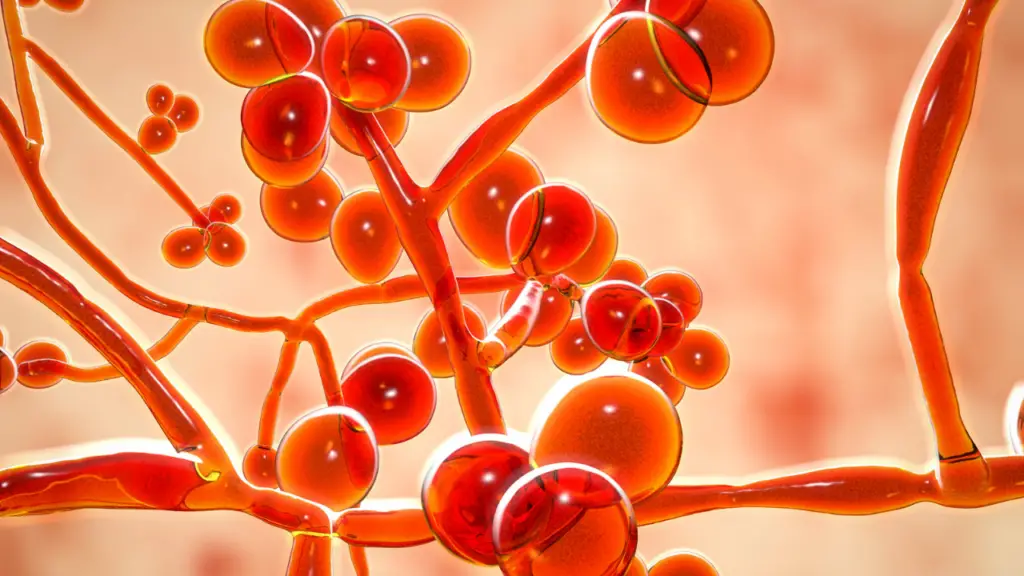
Typically, candida is present on the skin as well as within the body. It is a part of the microbiota of the vagina, throat, mouth, and gut and won't interfere with the normal functioning of these structures.
It becomes harmful only when it overgrows or enters other organs where it shouldn't be. This dangerous condition is called candidiasis. Based on the area of infection or overgrowth, there are different types of candidiasis.
Doctors and medical experts were kind enough to give oropharyngeal candidiasis a common name that was easier to pronounce, and it is called thrush. If you have sores in your mouth, feel pain while swallowing, or observe pale yellow or white patches, it might indicate candida overgrowth.
Are Women More Prone To Getting Yeast Infections?
The prevalence of yeast infection in the genital area of women is very high. According to statistics, almost 75 percent of women are likely to have genital candidiasis at least once during their life. This yeast infection in the vagina can be occasionally passed to another person after sex, making men prone to this condition as well, although the frequency of this is low.

Ensure you get yourself screened for this condition if you feel itchiness in the vagina or burning and pain while urinating. Many female patients also complain about redness and swelling along with discomfort during sex.
It is our immune system that keeps a check and balance on the microbiota. If the immune system is suppressed or weakened for any reason, it allows microorganisms to grow uncontrollably.
Similarly, any condition compromising the body's defense mechanism will leave candida to flourish. People who have diabetes, are being treated for cancer, are pregnant, or are taking contraceptives also have a significant risk of developing this disorder.
Does Gluten Cause Yeast Infections?
Many people have debated over whether gluten is harmful enough to cause yeast infections. If it weren't for the experts in the medical field, many would still be in doubt. Gluten can cause yeast infections and candidiasis.
According to a study, 45 patients with celiac disease were screened for candidiasis. Thirty-three percent of this group was detected with a yeast infection. The experimental group also had an overgrowth of another fungus. It shows that eating gluten can increase the risk of developing candidiasis, especially in celiac patients.

When a celiac patient eats gluten, the symptoms of celiac disease get triggered. The antibodies destroy the small intestine's lining while compromising the intestine's immune system, which was supposed to keep a check on candida. When the immune system becomes weakened, the fungus can multiply without being regulated, resulting in candidiasis.
There's another way of gluten causing yeast infection. The small intestine releases several enzymes that are responsible for the breakdown of carbohydrates. Mostly, gluten is present in carbohydrate-rich sources. So, just after a contaminated meal, the affected small intestine won't be able to deal with the carbohydrates, eventually accumulating.
When the body isn't utilizing that carbohydrate, fungi and bacteria will take advantage of the situation and feed themselves. This imbalance is one of the reasons why candidiasis is more frequent in people with celiac disease.
Diagnosis for Candidiasis
If you're experiencing constipation, diarrhea, nausea, and bloating after a meal, there is a chance you might have candidiasis in addition to celiac disease. The test to diagnose candidiasis is a simple one. The overgrown yeast in the intestine also finds its way to your stool.
After collecting a stool sample, the doctors observe it under a microscope after a period of incubation. If they find that the yeast has grown, you'll be diagnosed with candidiasis. The doctor may take a sample from another affected body part, if any, as testing a stool sample alone isn't the best diagnostic test.
Treatment and Further Prevention
If gluten has been the reason why you're suffering not only from celiac disease but also from candidiasis, it's time you change your diet. Starting a gluten-free diet will slowly but steadily heal the lining of your small intestine. Once it's healed, it can help in two ways.
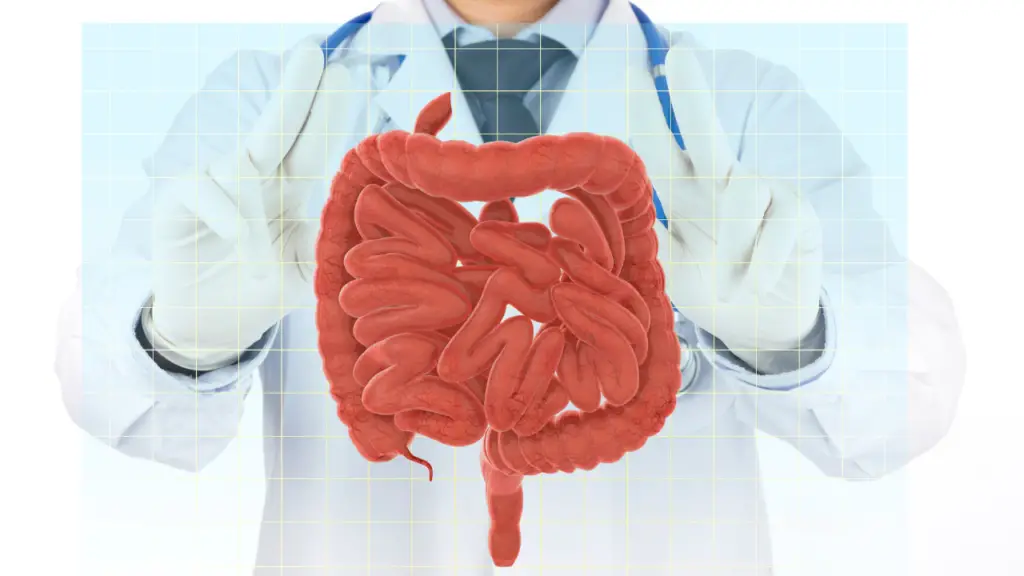
The intestine's immune system that was compromised will return to its normal condition in which it can regulate and restrict the growth of candida. Secondly, the now healed intestinal lining will secrete the enzymes that will break down the carbohydrates, meaning they will no longer linger in the gut. In this way, it'll help reverse the yeast overgrowth, so going gluten-free can be an effective treatment for candidiasis.
But if you eat gluten again, even after your yeast infection has been treated, it will fuel the fire and result in the intestinal lining getting damaged again. All the symptoms of candida overgrowth and celiac disease that you previously suffered from will be back.
So to prevent that from happening, you'll have to stay on a gluten-free diet as well. Consider consulting a dietitian to guide you towards a balanced, gluten-free diet. EveryBODY has different nutritional requirements, and your dietitian will make a suitable meal plan for you that will also include all the stuff you like.
The Flip Side- Can Candida Cause Celiac Disease?
Researchers established a gluten-candidiasis link, and after detailed medical researches and studies, they proved that eating gluten can cause candidiasis. This process further led to the question that can candidiasis make someone more prone to developing celiac disease?
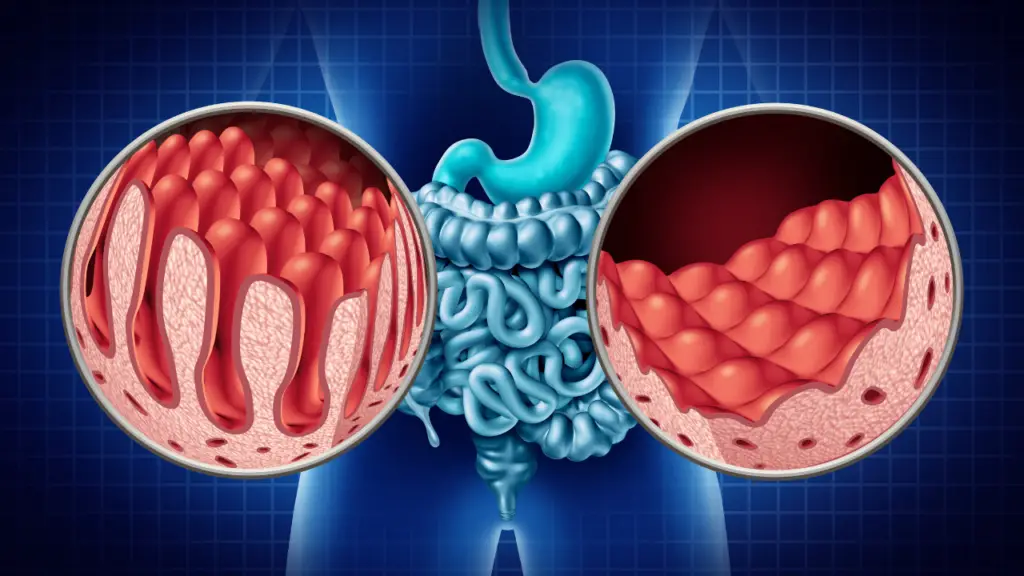
Until 2012, the hypothesis that candidiasis can cause celiac disease was declared mere speculation not backed by scientific evidence. But scientists and medical experts got to work again. They came up with an answer and gave a plausible explanation as to how and why candidiasis can lead to celiac disease.
Candida can exist in two forms. Its fungal form is the more potent form and also the one in which candida can overgrow. The small intestine has an acidic environment which prevents the candida overgrowth by halting the conversion into the fungal form.
The following conditions can decrease the acidity and make the intestinal environment alkaline:
- Antacids
- Antibiotics
- A high sugar diet
These reasons lead to the onset of candidiasis. The walls of the fungus have a particular protein called HWP-1, which enables the candida to attach to the small intestine. This HWP-1 is structurally very similar to the gliadin component of gluten.
The body's immune system is unable to distinguish between HWP-1 and gliadin and, as a consequence, triggers the immune system. The body attacks the HWP-1 protein and attempts to destroy it by making antibodies.
The continuous reaction of the immune system and production of these antibodies also leads to the immune system becoming sensitive against gluten. The antibodies that destroyed HWP-1 also stimulated antibodies that react against gluten or, more specifically, gliadin.
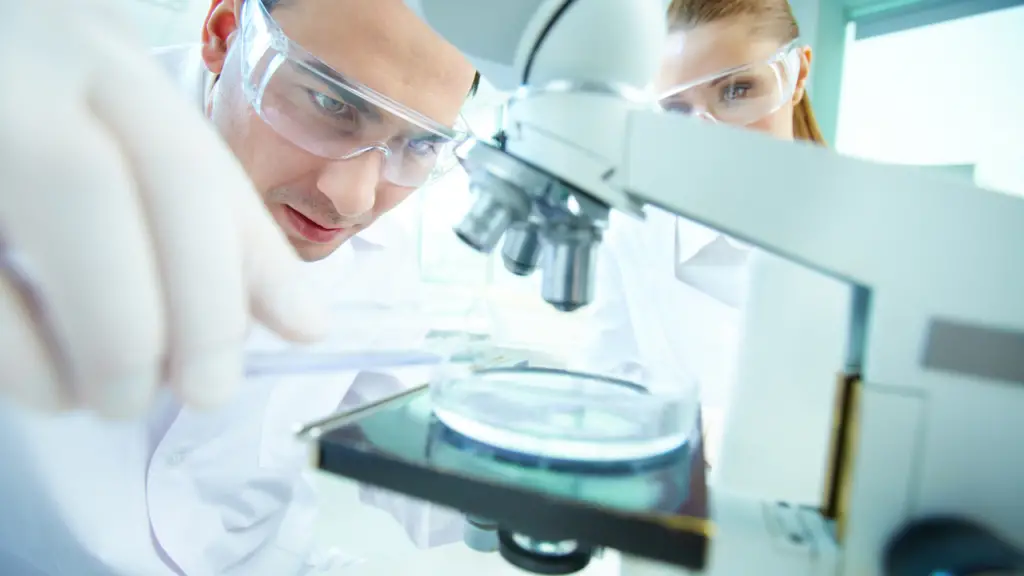
These researches explained why healthy people who were okay with eating gluten became celiac patients suddenly. They didn't initially have celiac disease, but due to candidiasis, the immune system became sensitive to gluten as well.
Many experiments were conducted to cross-check the theory that candidiasis can lead to the production of antibodies that target gluten. The results supported the hypothesis that yeast infections can trigger the onset of celiac disease, and it was no longer mere speculation.
What's Next?
When a patient with candidiasis starts to observe that their body isn't accepting gluten and reacts to it, they need to be screened for celiac disease. When the results come back positive, people usually don't go looking to find the reason. They start a gluten-free diet right away, but their symptoms of constipation, diarrhea, and stomach bloating may not go away.
However, their celiac disease was in itself a symptom of another underlying condition; candidiasis. By treating the yeast infection first, you can kill two birds with one stone. Not only will you get rid of the horrid complications of it, but you'll also treat your celiac disease.
Going gluten-free alone will never be sufficient, and this will neither treat the yeast infection nor the celiac disease. Firstly, get a comprehensive stool test done and then commit to eradicating the yeast. Your doctor will guide you on how to do this.
In Conclusion
When suffering from numerous symptoms, it's necessary to get yourself tested. Consult with a doctor and explain your symptoms. The only way to healing is to find out the source.
Once you have eradicated your candida, then start a gluten-free diet as soon as possible. Don't delay a diagnosis when it comes to your health.


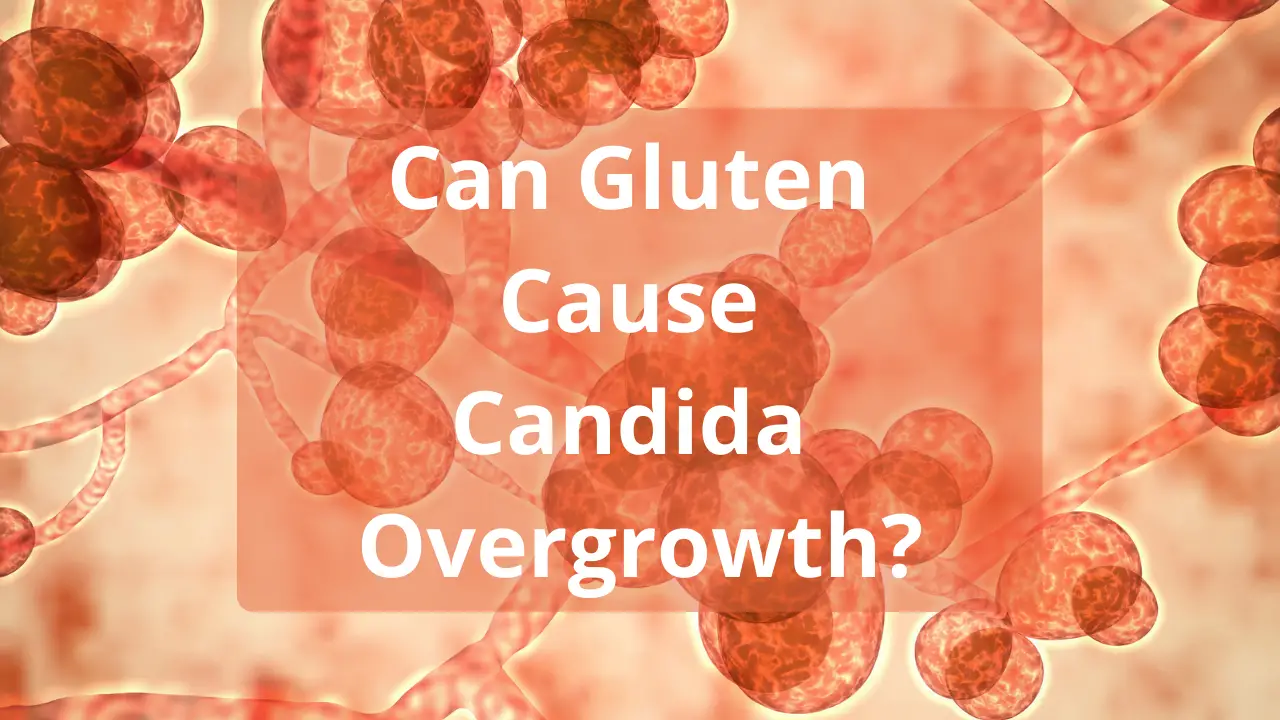
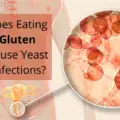
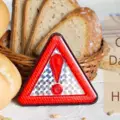


1 thought on “Can Gluten Cause Candida Overgrowth?”
Comments are closed.